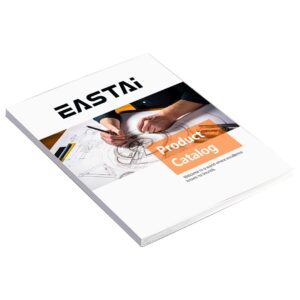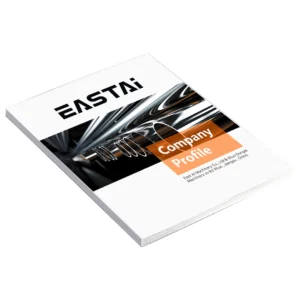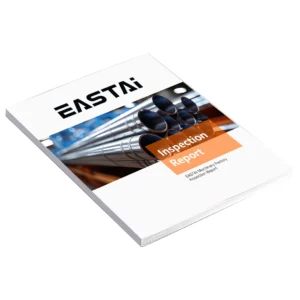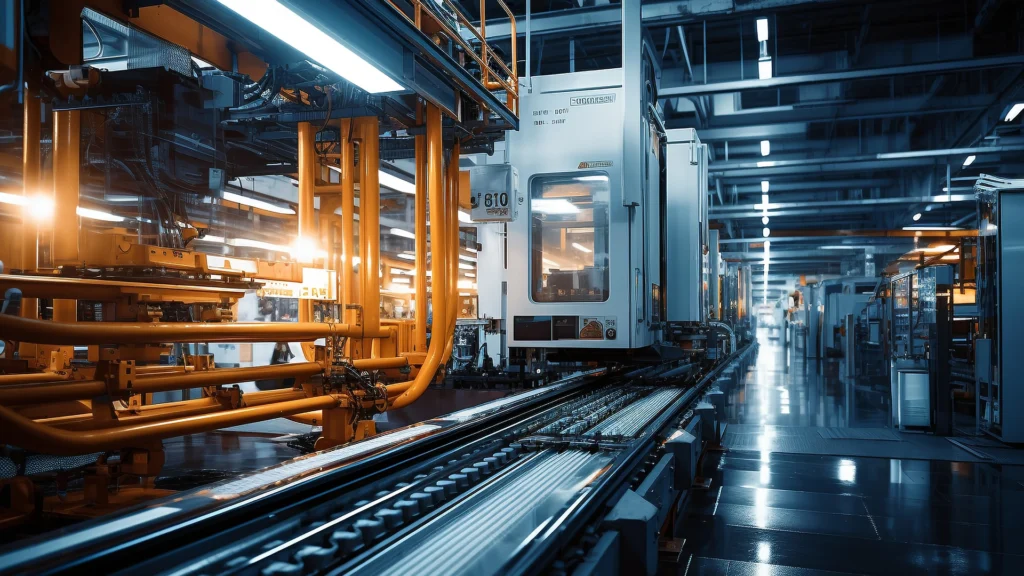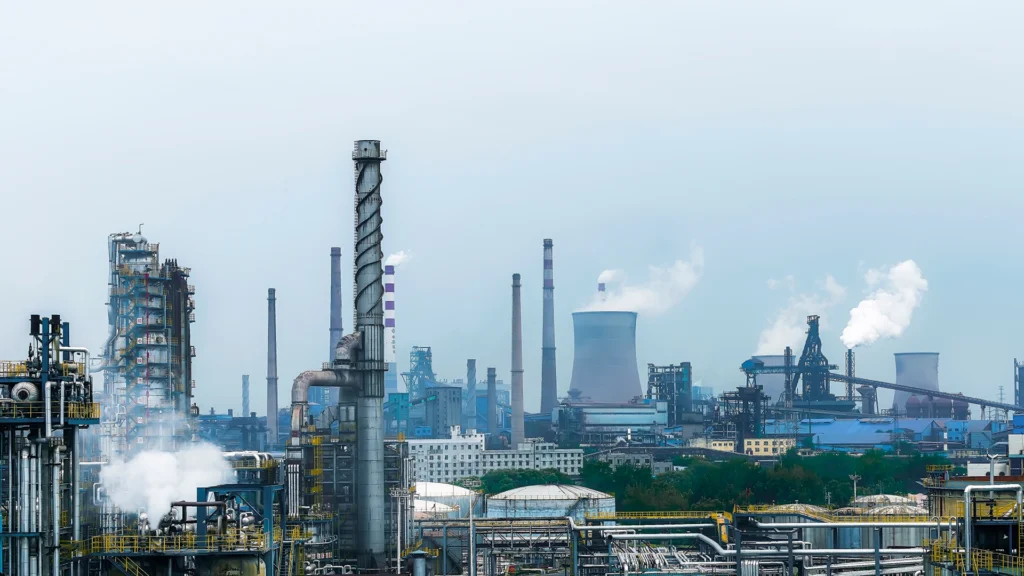Introduction to 4140 Steel Rods
When it comes to high-performance applications, choosing the right material is crucial. One such material that stands out is 4140 steel, known for its strength, versatility, and ability to withstand harsh conditions. But what makes it so cost-efficient for industrial uses? In this article, we will explore the many benefits of using 4140 steel rods, particularly focusing on their cost efficiency in high-performance applications.
What is 4140 Steel?
4140 steel is a chromium-molybdenum alloy steel that is known for its balance of strength, toughness, and wear resistance. The alloy contains a mix of carbon, chromium, molybdenum, and silicon, which gives it excellent hardness, corrosion resistance, and heat resistance properties. It’s often used in high-stress applications where durability and reliability are paramount.
Common Applications of 4140 Steel Rods
4140 steel rods are commonly used in industries where strength and toughness are required. These include:
- Automotive: For making parts like axles, crankshafts, and gears.
- Aerospace: For landing gear, engine components, and other high-stress parts.
- Oil & Gas: In drill rods and valve components.
- Manufacturing: In machinery, tools, and structural components.
The Importance of Cost Efficiency in Material Selection
When selecting materials for manufacturing or construction, cost efficiency is a major consideration. However, cost doesn’t just mean the price of the material itself—it also includes maintenance, durability, and the lifecycle of the material.
Understanding Cost Efficiency
Cost efficiency refers to the balance between the initial purchase price of a material and its long-term value, which includes maintenance, lifespan, and performance. Choosing a material like 4140 steel can offer significant savings over time due to its durability and minimal need for replacement or maintenance.
Why Choose the Right Material for High-Performance Applications?
In high-performance applications, the material selected must perform under extreme conditions without failure. While cheaper alternatives may seem like a good option upfront, they often end up costing more in the long run due to poor performance, frequent maintenance, and shorter lifespan.
Advantages of 4140 Steel Rods
So, why should you choose 4140 steel rods for high-performance applications? Let’s break down the key advantages.
Strength and Durability
4140 steel rods are incredibly strong and durable. With a tensile strength of up to 155,000 psi (pounds per square inch), they can withstand significant pressure without deforming or breaking. This makes them ideal for applications where high strength is needed.
Resistance to Wear and Tear
One of the key benefits of 4140 steel is its resistance to wear and tear. The combination of chromium and molybdenum allows it to resist abrasion, making it perfect for use in harsh environments, such as drilling, mining, and automotive manufacturing.
Versatility in Manufacturing
4140 steel rods are incredibly versatile. They can be machined, welded, and heat-treated to meet the specific requirements of different applications. Whether you need them to be hardened for cutting tools or softened for ease of fabrication, 4140 can be adapted to suit the job.
The Role of 4140 Steel Rods in High-Performance Applications
4140 steel rods play a critical role in several high-performance industries. Let’s take a closer look at how they contribute to these fields.
Automotive Industry
In the automotive industry, 4140 steel rods are used to manufacture parts that need to withstand high levels of stress, such as crankshafts, axles, and gears. Their toughness ensures these parts last longer, reducing the need for frequent replacements and ultimately saving money.
Aerospace Industry
The aerospace industry requires materials that can handle extreme temperatures and stresses. 4140 steel rods are used in landing gear, engine components, and structural supports, providing the strength needed to ensure safety and reliability.
Oil and Gas Sector
In the oil and gas industry, 4140 steel rods are used for drill pipes, valves, and other equipment exposed to high pressures and temperatures. The steel’s resistance to corrosion and wear makes it ideal for these tough environments.
Manufacturing Machinery and Tools
4140 steel rods are also used in the production of heavy-duty manufacturing machinery and tools. The steel’s hardness and wear resistance help extend the lifespan of the equipment, resulting in fewer breakdowns and lower operational costs.
Cost Comparison: 4140 Steel Rods vs. Other Materials
How does 4140 steel stack up against other materials in terms of cost efficiency?
Cost-Effectiveness of 4140 Steel
4140 steel may be more expensive upfront compared to other materials like carbon steel. However, its exceptional performance in high-stress applications means it has a longer lifespan and requires less maintenance, making it more cost-effective over time.
Comparing 4140 Steel with Stainless Steel and Carbon Steel
While stainless steel is corrosion-resistant, it doesn’t have the same hardness or wear resistance as 4140 steel, making it less cost-effective for high-performance applications. Carbon steel, on the other hand, may be cheaper initially but wears down more quickly and needs more frequent replacements, increasing its lifetime costs.
The Lifecycle Costs of 4140 Steel Rods
When evaluating the true cost of 4140 steel, it’s important to consider its lifecycle costs, not just the initial purchase price.
Initial Investment vs. Long-Term Savings
While the initial cost of 4140 steel might be higher than other materials, its durability and long service life provide long-term savings. This is especially true for industries that require parts to function in extreme conditions.
Maintenance and Durability Benefits
4140 steel rods are known for their low maintenance needs due to their durability and resistance to wear and fatigue. This means fewer replacements and repairs, reducing overall costs.
Factors Influencing the Cost Efficiency of 4140 Steel Rods
Several factors affect the cost efficiency of 4140 steel rods.
Material Sourcing and Production
The cost of 4140 steel can vary depending on where and how it is sourced. Materials that are sourced locally tend to be cheaper, while international sourcing may add transportation costs. The quality of the steel also plays a role in determining cost efficiency.
The Impact of Heat Treatment
4140 steel rods can be heat-treated to enhance their strength and hardness. While this process can increase the initial cost, the resulting product will have a longer lifespan and require less maintenance, ultimately reducing long-term costs.
Manufacturing and Processing Costs
The costs associated with processing 4140 steel rods, such as machining and shaping, can also affect overall cost efficiency. However, these costs are offset by the material’s long-term performance and reduced need for frequent replacements.
How 4140 Steel Rods Enhance Performance in High-Stress Environments
One of the most important factors in choosing materials for high-performance applications is the ability to withstand extreme conditions without failure. 4140 steel excels in this area.
Thermal Treatment and Strength Enhancement
Heat treatment of 4140 steel increases its hardness and tensile strength, making it ideal for use in applications where parts are exposed to high stresses or extreme temperatures. This thermal treatment process enhances the steel’s ability to maintain its form and strength over time.
Fatigue Resistance and Shock Absorption
4140 steel’s resistance to fatigue and its ability to absorb shocks makes it ideal for dynamic environments where parts are subject to repeated loading and unloading. This contributes to a longer lifespan, making it more cost-effective in the long run.
The Environmental Considerations of Using 4140 Steel Rods
In today’s industrial landscape, sustainability is a major concern. So, how does 4140 steel stack up in terms of environmental impact?
Sustainability of 4140 Steel
4140 steel is recyclable, making it an environmentally friendly option. The ability to reuse and recycle steel reduces its overall environmental footprint, making it a sustainable choice for high-performance applications.
Recycling and Reusability
Recycling 4140 steel is a common practice in many industries. When the steel reaches the end of its life, it can be melted down and reused to create new steel products, minimizing waste and conserving natural resources.
Case Studies of Successful Use of 4140 Steel Rods
Let’s take a look at how 4140 steel rods have been successfully implemented in real-world applications.
Automotive Industry Case Study
In the automotive industry, 4140 steel rods are used to create high-performance components like gears and crankshafts. A leading car manufacturer reported that using 4140 steel significantly increased the lifespan of their parts, reducing replacement costs and improving overall vehicle performance.
Aerospace Application Case Study
In aerospace, 4140 steel is used in landing gear and engine components. The aerospace industry values the steel’s high strength-to-weight ratio and its ability to resist fatigue and wear. This has led to increased adoption of 4140 steel for critical components in aircraft and spacecraft.
Potential Drawbacks and Considerations When Using 4140 Steel Rods
Despite its many advantages, 4140 steel is not without its challenges.
High Initial Cost and Manufacturing Complexity
One of the main drawbacks of 4140 steel is its relatively high initial cost compared to other materials. Additionally, the manufacturing process can be complex, requiring specialized equipment for machining and heat treatment.
Challenges in Sourcing and Availability
While 4140 steel is widely available, sourcing high-quality material in large quantities can be a challenge, particularly in regions where the steel industry is less developed.
Conclusion: Is 4140 Steel Rods the Right Choice for Your High-Performance Applications?
4140 steel rods offer excellent cost efficiency in high-performance applications due to their strength, durability, and resistance to wear. Although the initial cost may be higher than some alternatives, the long-term savings, enhanced performance, and minimal maintenance make it a highly cost-effective choice for industries like automotive, aerospace, oil & gas, and manufacturing.
When considering materials for high-performance applications, the long-term value of 4140 steel often outweighs the upfront costs, making it a smart choice for many industries.

